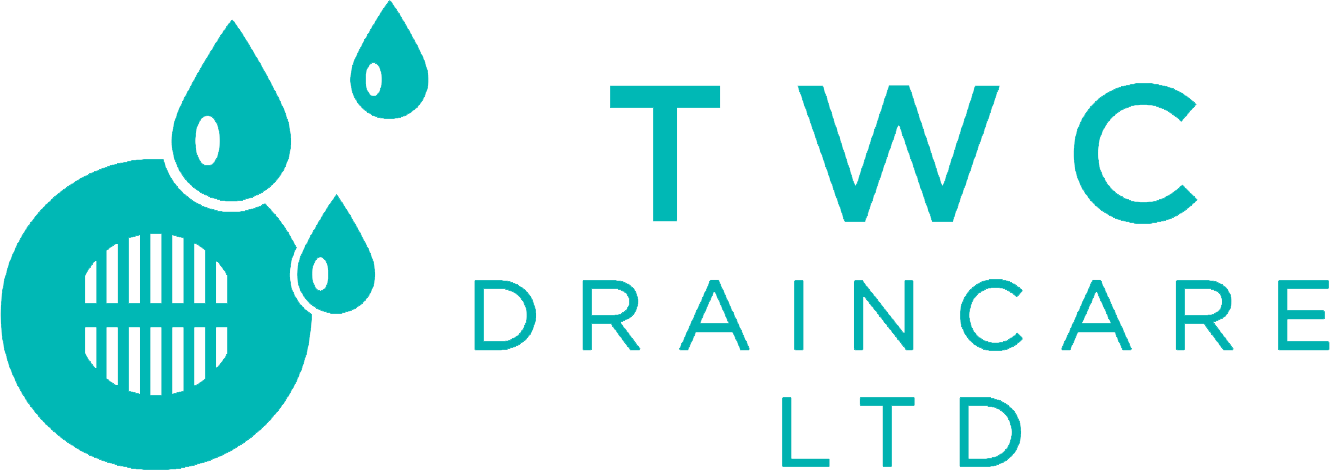We come across plenty of misconceptions about septic tanks here at TWC. Educating and empowering our clients is our priority, so our team have compiled this handy list of frequently asked questions to help you make informed choices (or simply to learn something new!).
How Does A Septic Tank Work?
Using gravity to move the material through an underground container, septic tanks separate liquid and solid waste for properties that are not connected to public sewerage. The heavier solid waste sinks to the bottom of the tank to be broken down by bacteria (forming “sludge”), whilst the lighter solid waste floats at the top of the tank (forming “scum”). The material that exists between those layers is discharged out of the tank and into a drainage field (or “soakaway”).
What Should I Avoid Flushing?
Septic tanks rely on bacteria to break down waste and deal with sewage properly, so flushing excessive harsh chemicals can impede their function. Try to avoid anything labelled “extra strength”, and be wary of products like drain cleaner. Furthermore, the material that you introduce to your septic tank should be limited to human waste and toilet paper. No food, plastic, cat litter, “flushable” wipes, cooking grease or cosmetics please!
Are Septic Tanks Expensive?
The initial cost of installing a domestic septic tank can be reasonably high – this covers the preparation of your property, the tank itself and associated equipment, and the installation. However, once the tank is installed, the typical lifespan is around 30 years, and the tank typically needs emptying once every twelve months (alongside regular services). You are also exempt from the monthly charges that properties connected to the mains will pay for sewerage services.
For all your septic tank needs, from advice to installation, talk to the TWC Draincare team here.

